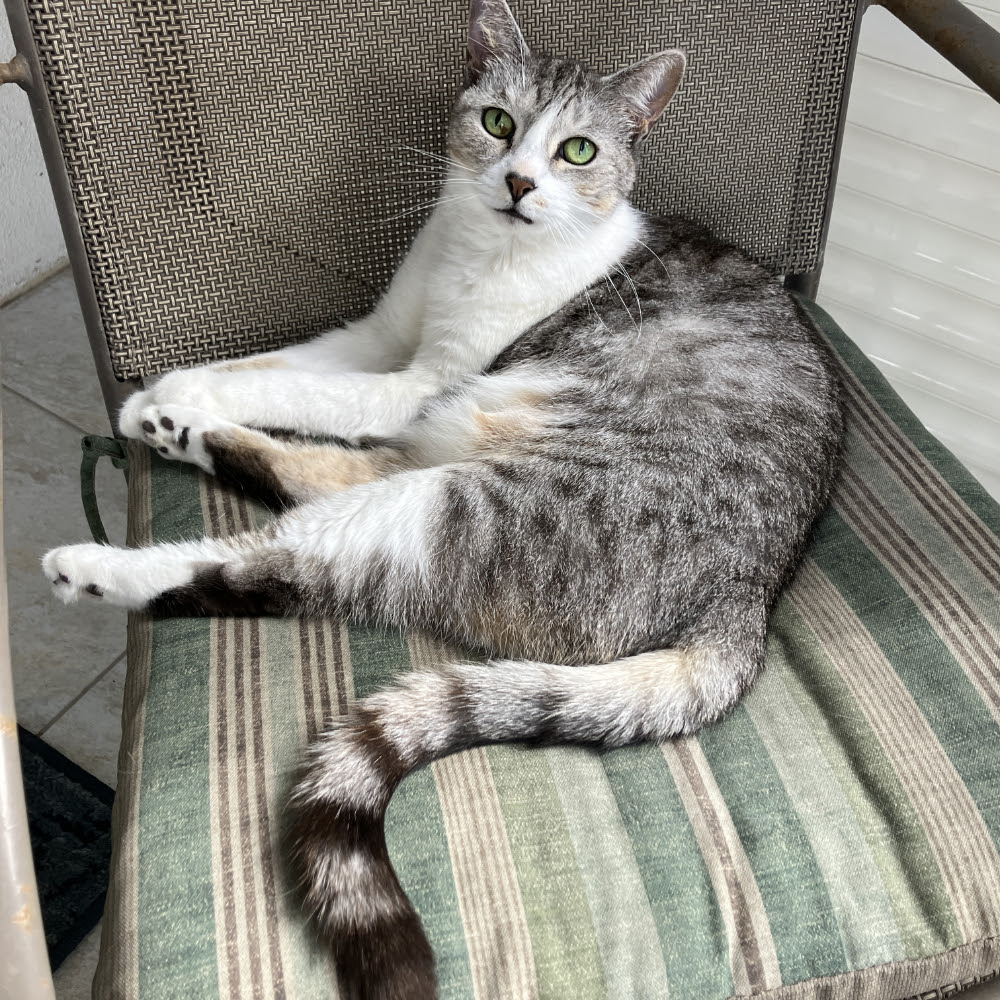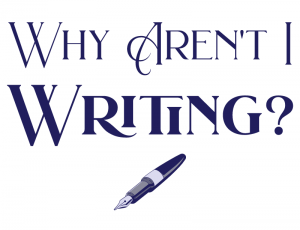Hi there,
Last week, my husband Kevin and I spent some time with his cousins in Fort Myers, Florida, which was hit badly by category 4 Hurricane Ian at the end of September. The extensive damage is still evident in the heaps of debris waiting to be picked up, the piles of boats along the waterfront, and the vast number of blue tarps covering wrecked roofs. Downtown is still half-closed, though the damage seems almost random – shops and restaurants that have had to be gutted next door to ones that have come through unscathed.
We got a hint of what it must have been like to sit through 30 hours of Hurricane Ian when Hurricane Nicole came through. Thankfully she was only a Category 1 when she hit the east coast and had weakened to a tropical storm by the time she reached us. We had 24 hours of howling wind and rain, but it was a relief that Nicole didn’t seem to do any further damage to Fort Myers.
Being stuck inside did, however, give me a lot of opportunity to read!
Tip-top tips: Nanowrimo fast draft tips from Kyra Nelson
It is Nanowrimo again and Twitter is chock full of writing tips, so here’s a thread from Kyra Nelson about how to get unstuck in the middle of a fast draft. This is a great one, regardless of the speed at which you’re drafting:
The first technique I use is the Set It On Fire trick. The fire isn’t usually literal (although sometimes it is) but if I’m stuck, my next step is usually to ask “How can I make things worse for my main character?”
Read this: The six-hour scene
In his Inneresting newsletter, John August talks about struggling with a single scene that, in the end, took him six hours to write. It’s not always possible to spend so much time on a single scene, but whether you’re a screenwriter or a novelist, you’ll be familiar with those scenes that just refuse to behave.
After writing three comparatively easy scenes, I took another stab at it. I asked some obvious-but-necessary questions:
- Was I starting at the right place?
- Was I ending at the right place?
- Could another character drive the scene?
- Would changing the location help?
- Did it need to be two scenes, rather than one?
- Did the scene even need to exist?
The answers confirmed my frustration: it was the right scene. It was just a beast to write.
Read the newsletter to find out what the solution was!
Read this: The ecology of world-building
J Diane Dotson, author and science writer, talks about how to uses ecology to enhance your genre fiction.
Ecology enriches the worlds you create. By applying principles of ecology to genre (or any) fiction, you can make your world(s) more believable, anchoring even the most fantastical settings with realism.
Other benefits of using ecology in world-building include providing new ways of raising the stakes for your characters. For example, characters faced with hostile environments must deal with their surroundings in addition to other threats.
Read this, too: Clive Thompson on his favourite writing tools
I’m always fascinating by the tools people use to write, whether that’s fiction or non-fiction (for me, the two processes are remarkably similar and I use the same tools for both). Journalist Clive Thompson runs through his “go-tos for reporting, research, and writing”.
Many of Clive’s favourite programs, such as Scrivener, I’m familiar with. I’m writing this in Scrivener, in fact, and I use it for almost everything – I even have a massive Scrivener file with 14 years’ worth of Ada Lovelace Day notes in it.
I also use Dropbox and Google Docs a lot, in part because I spent a year or so working on a Macbook Air that had a tiny hard drive, so had to offload the majority of my files to the cloud. But the rest of Clive’s tools are new to me!
Tip-top tip two: How to stay sane – a writer’s guide
Agent Jonny Geller’s thread on how to maintain your sanity as a writer has some great tips in it, but the one that caught my eye was, “Do not compare your work, your success or your world view to any other writer. Protect yourself from fear of comparison. Every story is different.”
Comparison is the thief of joy, but it can be incredibly hard not to compare your career with that of others, or your manuscript with books you’ve read. Indeed, I fell into a short funk after finishing Andy Weir’s Project Hail Mary, which I loved. But then I read two books I hated, one of which had been nominated for a prestigious prize, and that reminded me that it’s all subjective and that comparing my work to that of other authors is a waste of energy.
A quick word about Twitter
If you’re a Twitter user, or even just vaguely online, you’ll have seen that Twitter is turning into a dumpster fire after its acquisition by spoilt billionaire brat, Elon Musk, and that lots of people have fled to Mastodon. I do have a Mastodon account, and if you want to follow me I’m @suw@wandering.shop. I’m not particularly active there, however, and won’t be unless Twitter actually disintegrates and becomes unusable.
I know that Musk’s actions have encouraged arseholes on Twitter, but I value the people I’m connected to there and an active mute/block list plus a bit of self-control means that I don’t have to deal with the trash. I don’t want to cede ground to Musk’s acolytes by leaving, so I’ll stay there until the bitter end. I’m @suw if you don’t follow me on Twitter already.
Obligatory cat picture
 Our visit to Fort Myers was made delightful by Stella, our cousins’ eleven year old cat, who welcomed us with cuddles and purrs. She was very friendly, allowing us to pick her up for fusses. Despite having been traumatised by Hurricane Ian, she remained pretty chill throughout Nicole. Brave girl!
Our visit to Fort Myers was made delightful by Stella, our cousins’ eleven year old cat, who welcomed us with cuddles and purrs. She was very friendly, allowing us to pick her up for fusses. Despite having been traumatised by Hurricane Ian, she remained pretty chill throughout Nicole. Brave girl!
That’s it for this week!
All the best,
Suw
{ Comments on this entry are closed }




